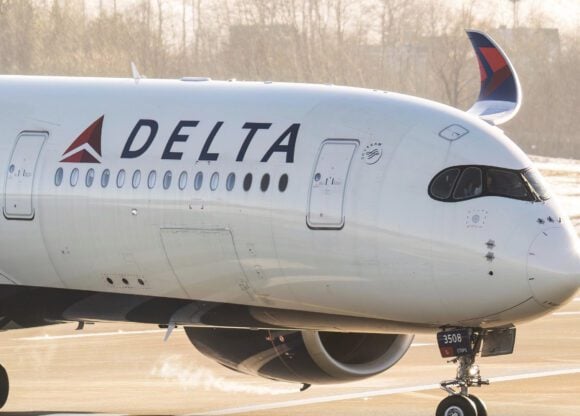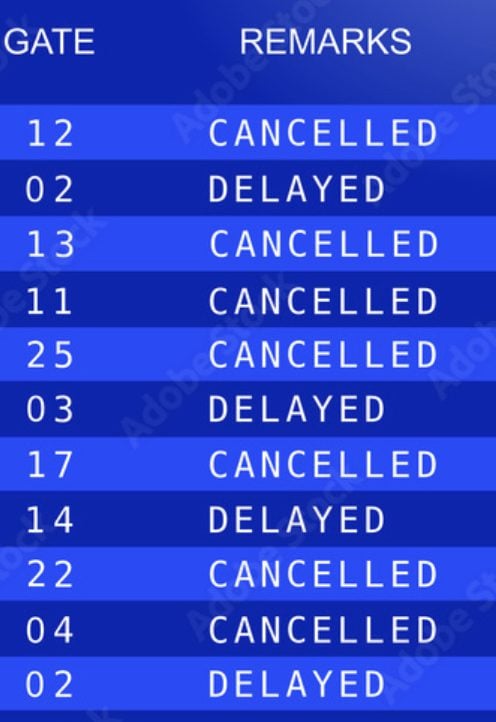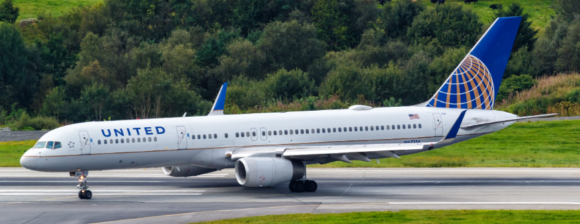Most airline delays occur on the ground. Ground operations have long been static because the fundamentals of aircraft pushback and taxiing have not changed much. Nevertheless, there seem to be some real opportunities to save time, especially by reducing a common source of ground delays: tugs and ground crews.
An innovative solution, advanced at one time or another by companies such as Crane, L-3, Airbus, Lufthansa, and a Safran / Honeywell joint venture (EGTS), is to provide the aircraft with an on-board drive – motorized wheels that are powered by the onboard APU.
WheelTug, the smallest of the innovators in this space, has received FAA approval of its certification plan. Interestingly, it is also the only company left that is known to be actively working on what is more popularly called “E-Taxi.” WheelTug also chose a different technical solution than the other players by putting the motors in the nose-wheels rather of the main landing gear. (WheelTug is a former AirInsight client.)
The FAA approval puts WheelTug on schedule for EIS, first for the 737NG in two years. Then systems will be placed first on 737NGs, with future plans to amend the STC to include A320s. Between both narrow body families, WheelTug currently holds letters of intent for almost 1,000 aircraft from 22 airlines.
Airlines are clearly intrigued by the prospect of saving money by decreasing fuel burn, but they are also realizing that saving operational minutes is the primary benefit. WheelTug claims, with increasingly credible evidence, that it could save an airline between 8-20 minutes per turn at the gate. Given at least $100 per airline operational minute, this could amount to about $1,000 per turn – and then perhaps as high as $6,000 per day – per plane.
Given the state of the industry, where lower fuel prices have slowed orders and deliveries, the certification of the WheelTug solution could have a disruptive effect. The WheelTug solution could have even higher economic impact on narrow body operators, as they would be able to schedule more flights with an existing fleet. If this is the case, the e-taxi solution would further enhance the value of current generation single-aisle aircraft, potentially acting as a further drag on new deliveries. Some observers may expect a cautious approach to adoption, but WheelTug CEO Isaiah Cox has noted the industry’s rapid acceptance of winglets as a counter-example.
Commercial aerospace is a conservative industry, tightly regulated by government agencies to ensure safety. Changes do not come quickly, and the e-taxi idea has been around for some time. Readers can view the L-3/Crane/Lufthansa proof-of-concept here, the Safran/Honeywell/EGTS solution here, and IAI’s Taxibot here . (Of all of these, Taxibot is the outlier in that the system is ground equipment; it does not fly with the airplane.) WheelTug can be seen here.
It has been a long road to get to FAA certification plan approval – WheelTug performed its first proof-of-concept demonstration on a Boeing 767 back in 2005, and the in-depth plan application process itself took an entire year. But WheelTug can legitimately claim it has reached a significant milestone, and ahead of any potential competitors. Given this news from WheelTug, we can expect some new demonstration videos during certification tests in the run-up to EIS.
Views: 2





Winglets have no moving parts where as the Wheel Tug has lots of moving parts so there is a large reliability risk for the airlines. However I think a really good airline to introduce the wheel tug on would be Flair Airlines in Canada. The have five 737-400’s and do mostly charter work and are always at the mercy of third party ground services for tug services.
http://flairair2.ca/flair-air/business-overview/